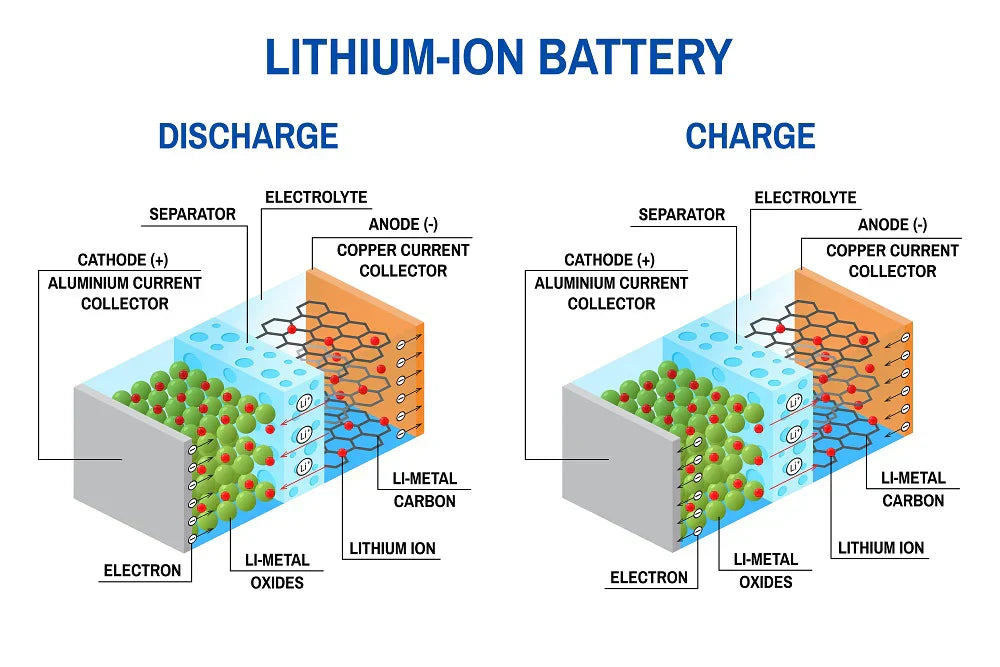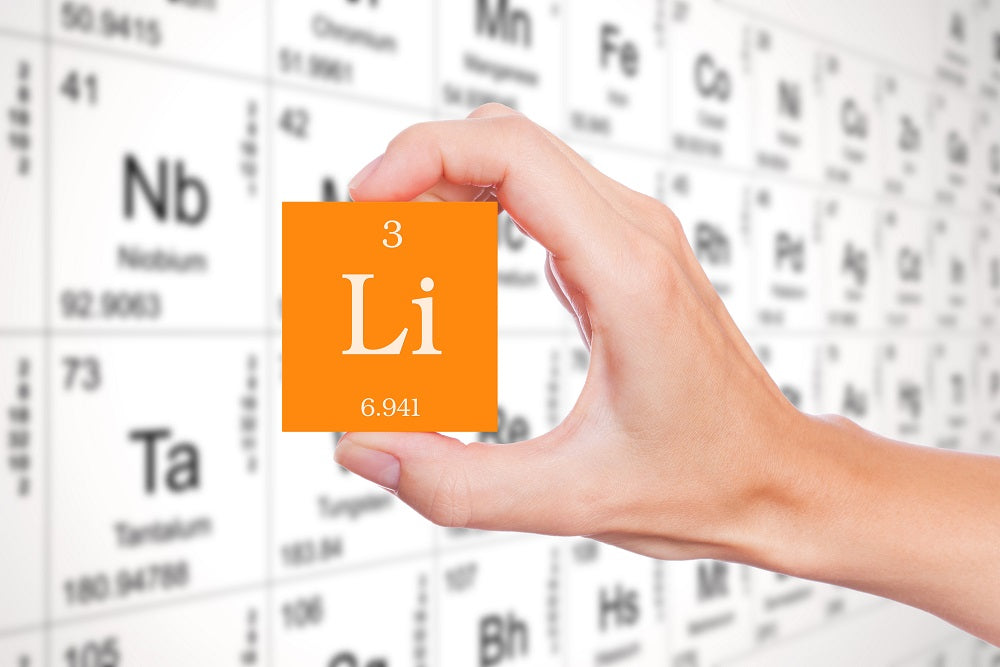5 Things LED Bulbs and Lithium-Ion Batteries Have in Common

One of our recently published blog posts discussed easy ways to reduce electricity use at home. Among the tips offered was a suggestion to replace incandescent and fluorescent light bulbs with LED bulbs. Doing so is one of the easiest ways to reduce electricity consumption. At any rate, the suggestion led us to wonder if LED light bulbs and lithium-ion batteries have anything in common.
It didn't take long for us to start thinking of a few things. The more we thought about it, the more we realized just how much the two have in common. Five such things are described below. As you read, we hope you will be motivated to switch out your incandescent bulbs with LEDs and your single-use alkaline batteries with USB rechargeables from Paleblue.
1. Long-Term Cost Savings
One of the first things we noticed was that both LED bulbs and rechargeable lithium-ion batteries cost more per unit. We get the fact that the higher cash register cost maybe a turnoff for some people. But consider what you get for your money.
Our USB rechargeable batteries can be charged 1000+ times. Likewise, the typical LED light bulb uses 80% less energy and lasts years longer. So in the long run, you are spending less by going with lithium-ion and LED choices.
2. Heat Management Is Important
We dug a little bit into how LED light bulbs work and discovered that heat management is important to their function. An LED bulb has both a light-emitting diode and a heat sink. The latter is designed to absorb heat and dissipate it similar to the heat sink in your smartphone or computer. The heat sink extends the life of the diode.
In a similar way, heat inside a lithium-ion battery must be managed. If it's not, the battery can overheat and, if it is a Paleblue battery, it will shut down thanks to it’s on-board thermal protection circuit. Proper heat management makes lithium-ion batteries safer and extends their practical life.
3. Both Weigh Less
You might already know that lithium-ion batteries weigh less than their alkaline counterparts because they have a higher energy density. It turns out that LED bulbs weigh less than both incandescent and fluorescent products. That is because they are not made of glass. Their outer shells are plastic. In addition, their internal components weigh less as well.
4. Both Represent State-Of-The-Art
Next, both LED bulbs and lithium-ion batteries represent the state-of-the-art for their respective product lines. Sure, researchers are working on better ways to generate artificial light and power consumer electronics. They will undoubtedly come up with better ways in the future. But for now, there is nothing as good as LED and lithium-ion technology for their respective consumer markets.
5. Both Reduce Landfill Stress
Finally, both LED light bulbs and lithium-ion batteries reduce landfill stress. How so? By generating less waste that goes into landfills. Because a lithium-ion battery can be recharged 1000+ times, every battery purchased represents 999 unnecessary alkaline batteries.
Likewise, LED light bulbs reduce landfill stress by lasting longer. Consumers ultimately use fewer light bulbs over long periods of time. Fewer bulbs equal less waste put into the overall waste stream. It all adds up to using landfill space at a slower rate.
We are obviously big fans of lithium-ion technology because it is the basis for our USB rechargeable batteries. But we are also big fans of LED light bulbs. Hopefully you are fans of both, as well. LED light bulbs and lithium-ion batteries represent a better way to use electricity in a world searching to reduce waste and make better use of our resources.
- Tags: Economical Sustainability







